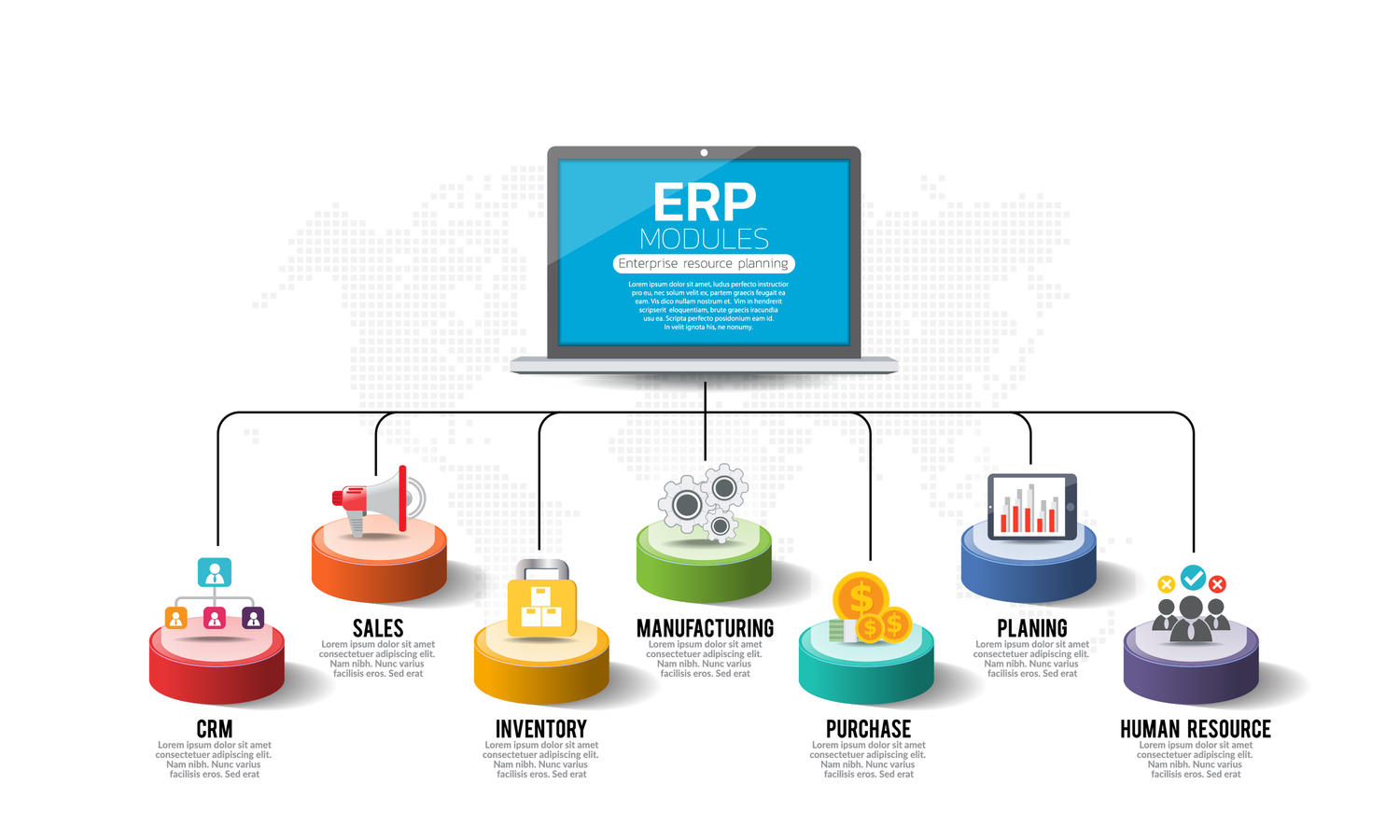· 4 min read
You might need an ERP system
Discussions about monolithic and best of breed ERP systems.

A year ago I wrote a blog article telling entrepreneurs that they could avoid the expense of monolithic ERP systems such as NetSuite, Acumatica, or Odoo by connecting the components they need.
After a year of working with manufacturing clients, I’ve changed my mind. Let’s go through my experiences and current advice.
Nearly every manufacturing business needs to do accounting, keep track of inventory, and do accurate accounting for manufacturing costs. You need a website certainly. Maybe you need eCommerce. Perhaps a CRM system, and a forecasting and budgeting system as well.
There are good systems out there for all these tasks. Some even offer free tiers. So a thrifty entrepreneur often signs up for the free tiers for these pieces and tries to get them to talk to each other. If they can get it to work, the resulting best of breed system seems like a big win for the company. Indeed, in my blog post a year ago, I recommended those systems for companies under $50 million in annual sales.
Here’s the problem: The connections between systems don’t work. Like the entrepreneur in the picture, entrepreneurs will spend a lot of time, perhaps even the majority of their time, talking with vendors about why the data is not properly flowing between systems.
In one extreme case, a client has spent more than a year trying to connect a popular inventory management system to QuickBooks. For the past year, the client has been having weekly meetings discussing the current problem of the day internally and sending unpleasant emails to the CEO of the inventory management company. The only thing the client has to show for all this heartache is hundreds of thousands of dollars less in their bank account and a dysfunctional copy of QuickBooks. The company is objectively farther away from having a working system than they were a year ago.
Usually things go better than this. But even in the best cases, the inventory value in one system can drift from the inventory value in another system. Or the address of a customer in one system may inexplicably be different across systems. Or the termination date for an employee in your HR system may not flow to your FP & A system. All of these things have happened to my clients.
Given that a subscription to Odoo ERP costs as little as $24.90 per month, I’m now recommending that entrpreneurs first consider whether Odoo meets their needs. I would be surprised if your small business has needs that Odoo does not address.
For this price, you get an accounting system, an inventory management system, a production system, a website, an eCommerce module, and a CRM. Along with many other features. Just QuickBooks Advanced alone costs $235/month. So for a tenth of the price, Odoo replaces QuickBooks, your inventory management and production system (for instance Fishbowl, Cin7 Core, or SOS Inventory), your website (Wix or Squarespace), your eCommerce platform (Shopify), and your CRM system (HubSpot).
The big win here is that there are no connectors to break, no inventory values to drift apart, no differences in customer addresses between systems. You can focus on your business instead of talking with the various vendors of the disparate systems or connectors.
On the off chance that Odoo is inadequate, there is a marketplace of plugins that enhance the capabilities of Odoo, or you can even write your own. However, I would advise you to not do that. See if the base product does what you need. It probably does.
For perspective, Google invested over $500 million in Odoo in 2024. This will ensure that Odoo has world-class support, documentation is stellar, that bugs are minimal, and that feature development is excellent. These are often bugaboos with smaller systems.
I’d love to hear about your experiences. Please let me know if you agree or disagree.



